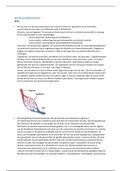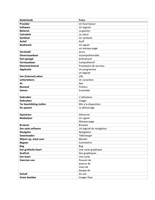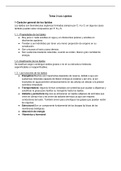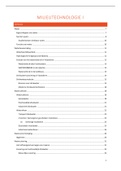International Trade
Course Notes by 18024580 Page 1 of 34
Law
Course Notes
Lecture 1: International Trade: the theory and current state of affairs
▪ Economic Globalisation
The two main driving forces of economic globalisation is the (i) liberalization of trade and Foreign Direct
Investment (FDI) and (ii) technology.
“[…] the closer integration of the countries and peoples of the world which has been brought about by
the enormous reduction of costs of transportation and communication, and the breaking down of
artificial barriers to the flow of goods, services, capital, knowledge, and (to a lesser extent) people
across borders” – Joseph Stiglitz, former Chief Economist of the World Bank, winner of the Nobel Prize
for Economics in 2001.
Changing nature of international trade
The key factors resulting in the proliferation of the global value chain (trade in intermediate products)
are
i) Improvement in infrastructure, logistics and transport services;
ii) Development of telecoms, financial services and IT;
iii) Facilitation: trade agreements facilitating and reducing the costs of trade.
Progression in Globalisation
2015 ‘slowbalisation’: trading has stopped getting cheaper; issues with financing trade after the
financial crisis of 2008-09; trade wars.
The underlying causes of this ‘slowbalisation’ is found in the sharp declines in the 1970s and 1980s
that has stopped trading from getting cheaper. The tariffs and transport costs as a share of the value of
goods traded ceased to fall about a decade ago. The financial crisis in 2008-09 was a huge shock for
banks. The rate of return on all multinational investment dropped from an average of 10% in 2005-07
to a puny 6% in 2017, and the activities from goods to shifts, thus, the services are harder to trade
than goods.
Disadvantages: (i) emerging countries were struggle a lot in closing the gap; and (ii) environmental and
global issue will be more difficult to solve because more regional approach going to be taken.










